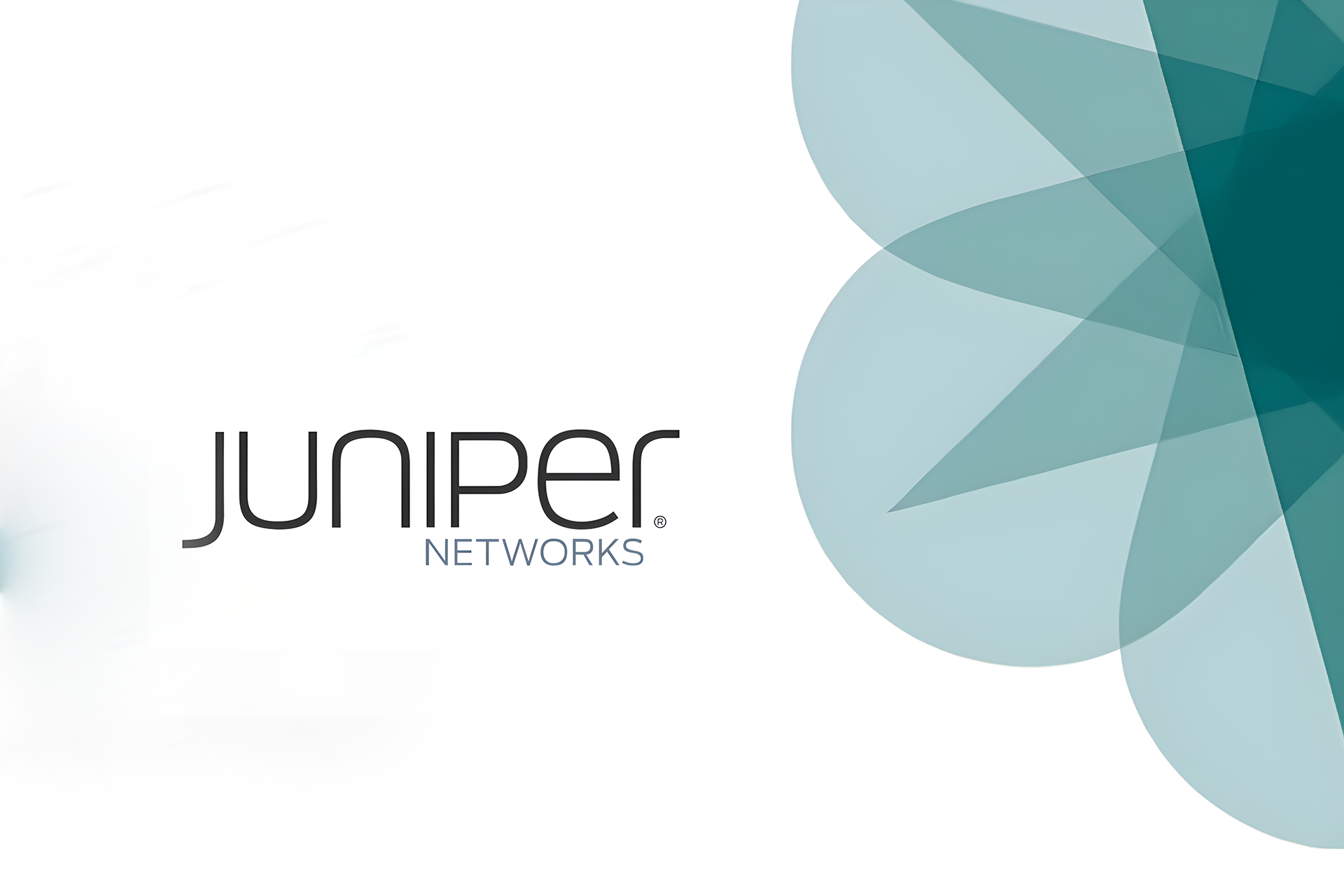Total:



Network Engineers and Administrators
Networking Students and Graduates
IT Professionals Transitioning to Networking
Technical Support Engineers
Consultants and Network Design Engineers
Network Operations Center (NOC) Personnel
Entry-Level Networking Professionals
Anyone Interested in Juniper Networks Technology
The JN0-104 course is a preparation course for the Juniper Networks Certified Internet Associate (JNCIA-Junos) certification. It aims to provide participants with an in-depth understanding of basic Junos networking concepts, including fundamentals of switching and routing, interface configuration, configuration of routing protocols, and network security.
Course objectives:
Introduction to Junos Networks
Overview of Juniper Networks:
Junos OS Structure:
Basic Junos Operations:
Configuring Network Interfaces
Interface Naming Conventions:
Basic Interface Configuration:
Advanced Interface Options:
Configuration of Routing Protocols, Including OSPF and BGP
Static Routing:
Dynamic Routing Protocols:
Routing Policy and Filtering:
Configuring Ethernet Switching
Switching Fundamentals:
VLANs:
Spanning Tree Protocol (STP):
Link Aggregation:
Network Security Concepts and Implementing Security in Junos
Basic Security Concepts:
Junos Security Features:
Advanced Security Options:
Using the Junos Command Line Interface (CLI)
CLI Basics:
Configuration Management:
Operational Commands:
Troubleshooting Common Network Issues
Monitoring Tools:
Interface Troubleshooting:
Routing Troubleshooting:
Security Troubleshooting:
General Troubleshooting Techniques:
No reviews available